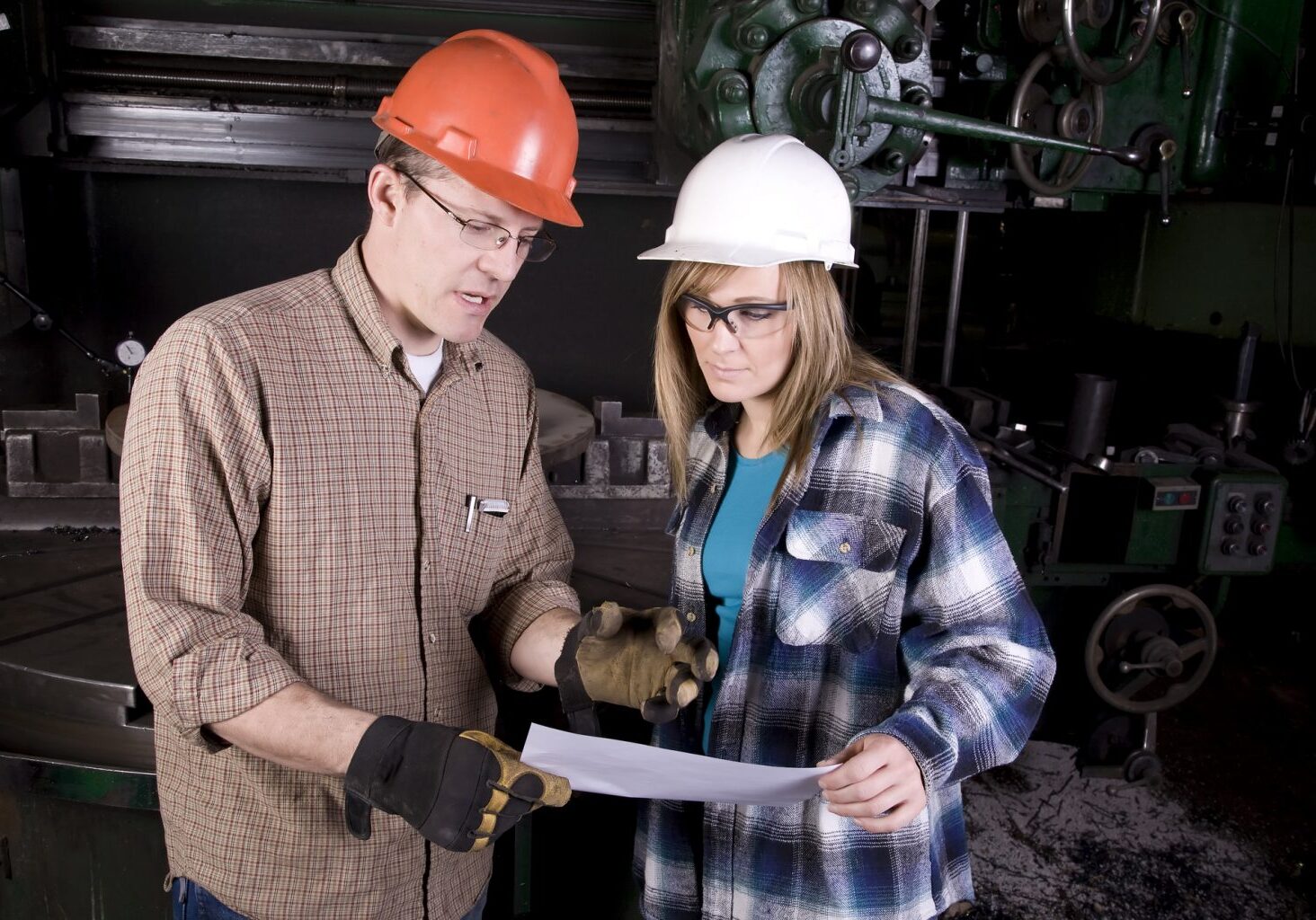The Importance of Proper Selection of Compressors for Industrial Use
We all know compressor technology and output only meets or exceeds its established goals if it is used in the proper configuration for the proper application. What had succeeded in the past may not succeed in the present or future given the constantly changing criteria of our industries. Data must be gathered for present and upcoming needs, budgetary concerns, power usage, and many other factors. In summation, there are no one size fits all options. This is why we are going to give a general but expert guide to help you select the proper compressors for industrial use.
- Know Your Facility’s Considerations
You may need process loading, unloading, boosting, or vapor recovery from your compressors. Each of these processes will have its own needs such as desired compression ratio, ie the work a compressor must perform in order to achieve the desired product. You must also know where your compressors need to be placed in order to make an informed decision, as some are designed for certain locations such as interior, exterior, during cold or hot temperatures, maximum size of unit, available power supply, and proximity to other equipment.
- Type of Application
While the same compressors may be used across different applications, it is important to make the right selection when it comes to a new purchase. For example, you must know that a compressor is the best solution for your application. Map out your product-transfer, or similar process, to determine all possible pieces of equipment that can perform the task(s). We have found the processes that best utilize an industrial compressor include vapor recovery for environmental or economic purposes, pressure boosting, and the transfer of liquefied gas commonly used in the railroad industry.
- Compressor Type
What kind of compressor is needed? We at HDS have worked with many different types of compressors for different applications. We are often asked about the pro’s and con’s of single stage compressors versus multiple stage compressors. As always, it depends on the desired output. However, we can often make a quick determination using the aforementioned compression ratio. For example, an application that needs a compression ratio of between 1:1 and 5:1 most generally uses a single stage compressor. After 5:1, we recommend considering a multiple stage compressor, and you should most likely use one for applications of 8:1 or more.
- Do You Need Lubrication?
As with most pieces of rotating equipment, lubrication is often needed for an industrial compressor to work properly. However, there are many applications that cannot handle even a tiny amount of oil or lubricant introduced into the system. In these cases, non-lubricated – or oil free- compressors may be selected. Lubricated compressors do need regular maintenance as well as leak checks.
- Other Considerations for Industrial Compressors
And of course, there are many other considerations beyond the above for the proper selection of compressors for industrial use. For example, you may have to choose between compressors such as:
- Rotary screw compressor – Offers medium containment, protection from condensate contamination, and handles pressure variation well. It is also very low maintenance and has a high reliability.
- Rotary vane compressor – Offers medium containment and protection from condensate contamination, but does not handle pressure variation well. It is also medium maintenance with low reliability, but is highly useful in applications that have high variations in flow volumes.
- Rotary scroll compressor – Offers medium protection from condensate contamination and high containment. It handles pressure variation well. It is also low maintenance and has a high reliability and is useful in applications that have lower variations in flow volumes.
Need More Help Selecting Compressors for Industrial Use?
HDS is an industry leader in industrial compressor repairs and maintenance. We can help with your selection, repairs, and rebuilds. Contact us today so we may show you how easy it is to select a compressor for your specific needs or improve your current performance.
Share this post:



